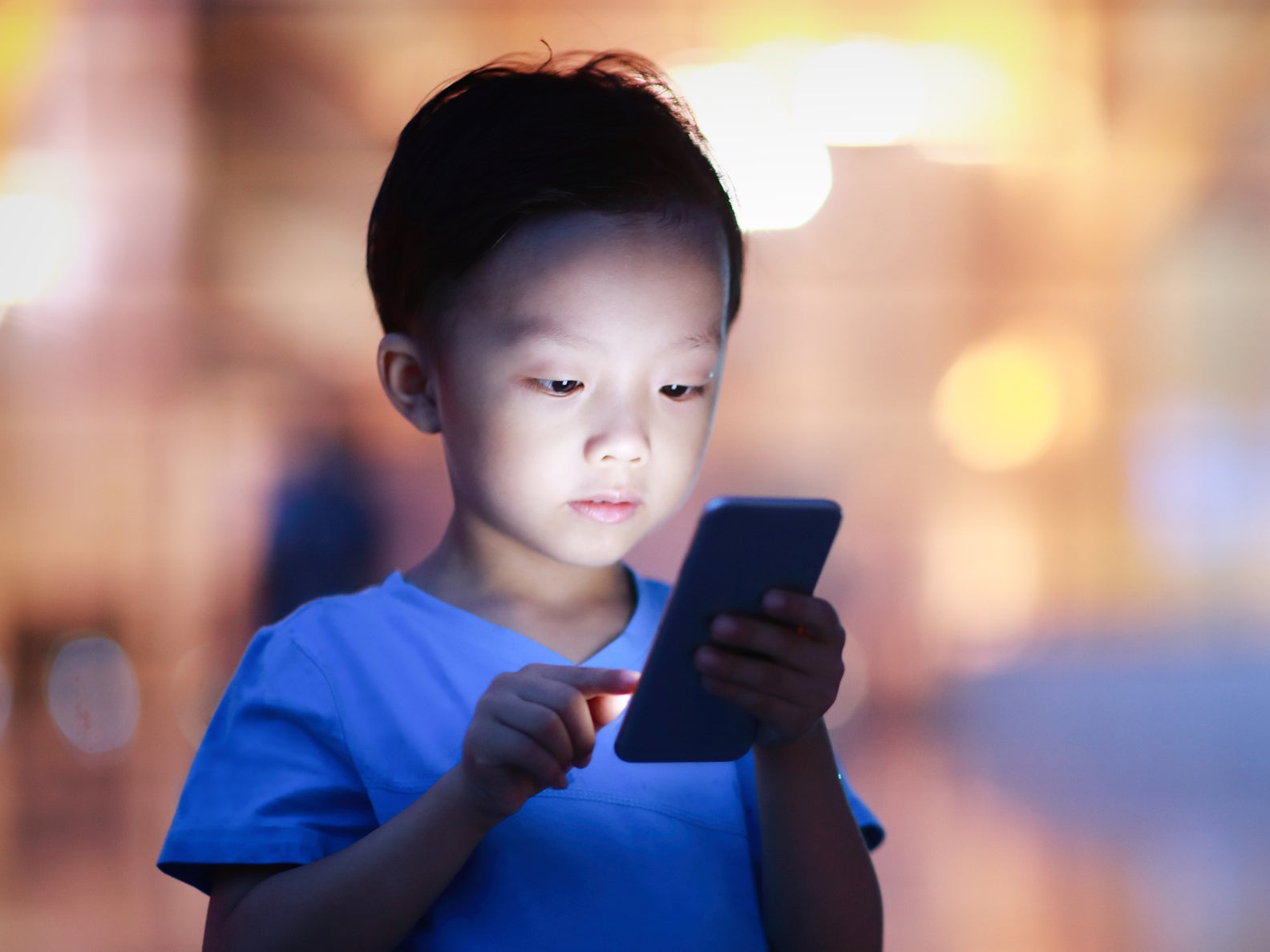Covid lockdowns damaged children’s eyesight with one in three now shortsighted, study finds
Half the world’s teenagers may be short-sighted by 2050, a study warns

Your support helps us to tell the story
From reproductive rights to climate change to Big Tech, The Independent is on the ground when the story is developing. Whether it's investigating the financials of Elon Musk's pro-Trump PAC or producing our latest documentary, 'The A Word', which shines a light on the American women fighting for reproductive rights, we know how important it is to parse out the facts from the messaging.
At such a critical moment in US history, we need reporters on the ground. Your donation allows us to keep sending journalists to speak to both sides of the story.
The Independent is trusted by Americans across the entire political spectrum. And unlike many other quality news outlets, we choose not to lock Americans out of our reporting and analysis with paywalls. We believe quality journalism should be available to everyone, paid for by those who can afford it.
Your support makes all the difference.Covid lockdowns damaged children’s eyesight with one in three children now shortsighted, according to a global study.
Myopia tripled between 1990 and 2023 – and a “notable” uptick following the pandemic.
In the UK, around 15 per cent of children are shortsighted,
While short-sightedness among children in Japan has reached 85 per cent, in the UK the figure remains relatively low at about 15 per cent.
Between 1990 and 2019, the study estimated that the global prevalence of myopia increased by 5.34 per cent.
From 2020, when the Covid pandemic broke out, to 2023, researchers found an increase of 6.15 per cent.
With outdoor activity reduced and screen time increased, many have raised concerns on how lockdowns affect eye health.
“Recent concerns have been raised about the potential negative impact of prolonged lockdowns on eye health, specifically myopia,” the study, published in the British Journal of Ophthalmology, said.
“This is due to the decrease in outdoor activities and increase in screen time that may result from extended periods of staying indoors.”

Myopia is expected to become significantly more prevalent by 2050, the study reveals.
The rate is expected to rise from an estimated 36 to 40 per cent of children and adolescents worldwide, totalling 740 million young people, including more than half of teenagers.
Since 1990, the prevalence of myopia has shot up from 24 to 36 per cent.
Children in East Asia are the most likely to suffer from myopia, with 85 per cent shortsighted in Japan, 73 per cent in South Korea and more than 40 per cent in Russia and China.
Around 15 per cent of children suffer from myopia in the UK, Ireland and the US.
Myopia is more common in girls and young women, the researchers suggest. They say this is because they are less likely to be doing outdoor activities at school and home in their early years, and because their physical development starts earlier.
The data was drawn from a study of more than five million children and teenagers from 50 countries.
Myopia tends to develop during a child’s early years, when eyesight is more susceptible to external factors. “Younger students are generally more susceptible and vulnerable to environmental factors compared with adults,” the study says.
“This is particularly significant for pre-school children, as they are in a critical period of visual development characterised by high plasticity.”
The age at which a child begins their education is believed to impact whether they suffer from myopia.
Countries where children begin their education at a young age, such as Singapore and Hong Kong, are likely to have a higher prevalence of myopia, because children spend more time focussing on books and screens.
Join our commenting forum
Join thought-provoking conversations, follow other Independent readers and see their replies
Comments